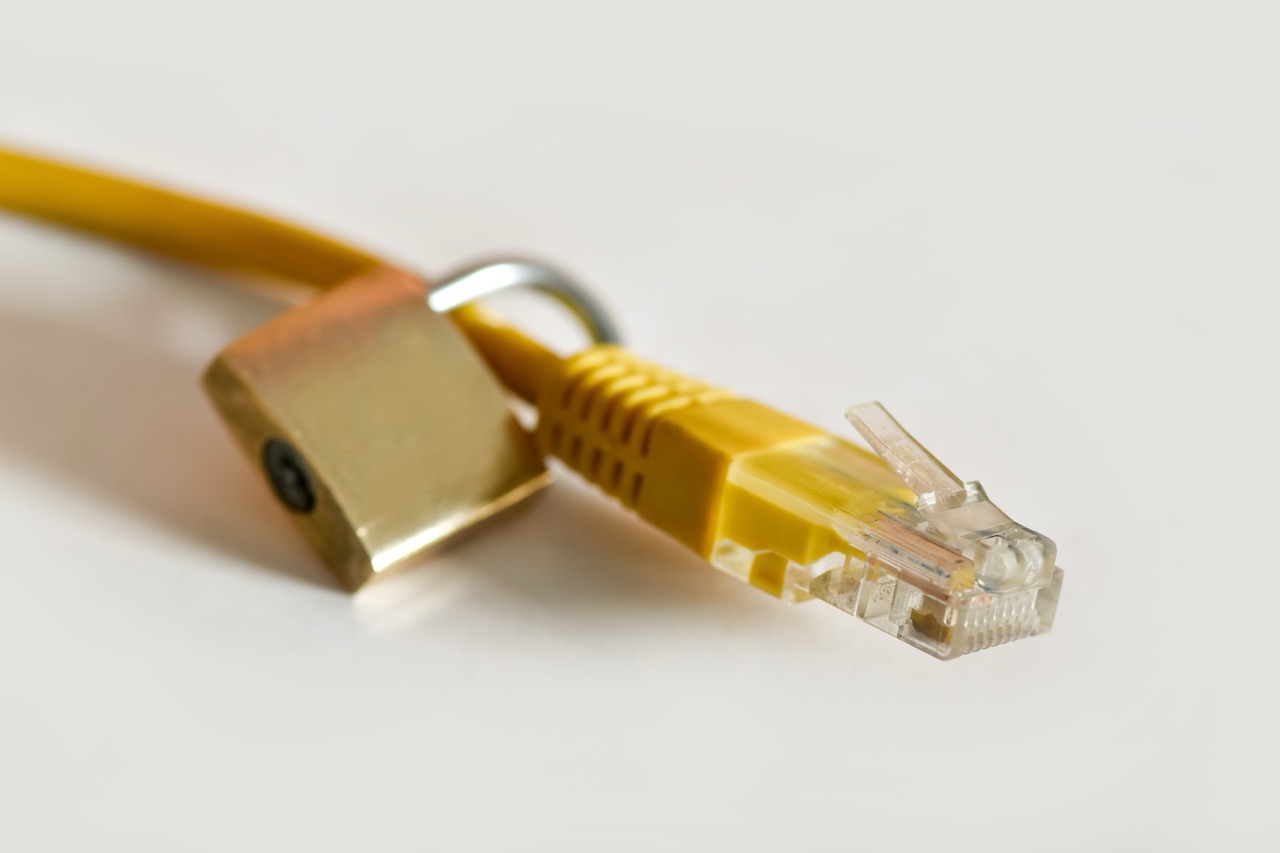In an increasingly interconnected world, privacy and security have become paramount concerns for many internet users. One effective tool for enhancing your online privacy is a Virtual Private Network (VPN), and Surfshark stands out for its comprehensive features, including GPS spoofing. This feature allows users to mask their actual geographic location, providing an extra layer of anonymity while navigating the digital landscape. In this article, we will guide you through the understanding, configuration, testing, and best practices for utilizing Surfshark’s GPS spoofing feature.
Understanding Surfshark’s GPS Spoofing Feature Overview
Surfshark’s GPS spoofing feature is designed to alter your device’s location, making it appear as though you are accessing the internet from a different geographical area. This is particularly useful for bypassing location-based restrictions, protecting your privacy from potential trackers, and accessing region-restricted content like streaming services. By providing users with the ability to change their apparent location, Surfshark empowers individuals to take control of their online presence and enhance their overall digital security.
The GPS spoofing feature works by adjusting the Global Positioning System (GPS) coordinates that your device sends out, effectively fooling applications and websites into believing you are situated in a different place. This can be particularly beneficial for mobile users who frequently use location-based services, as it shields their actual coordinates from prying eyes. Moreover, this feature can help avoid unwanted advertising and tracking based on physical locations, thus enhancing the browsing experience significantly.
In addition to privacy benefits, GPS spoofing can facilitate access to geo-restricted content. Users looking to explore international streaming libraries or services that are not available in their region can benefit immensely from this feature. By disguising their location, users can unlock diverse content and services without the limitations typically imposed by their actual geographical location.
Configuring GPS Spoofing in the Surfshark App Settings
To configure GPS spoofing in the Surfshark app, begin by ensuring that you have the latest version installed on your device. The feature is accessible on both mobile and desktop platforms; however, it is primarily optimized for mobile applications. Once you have the app open, navigate to the settings menu, where you will find the ‘GPS Spoofing’ option listed among other features. Toggle this setting on to enable GPS spoofing.
After enabling the feature, you will be prompted to select from a list of available locations. Surfshark provides multiple geographical options, allowing you to choose a location that suits your needs—whether for privacy reasons or content access. Once you have selected the desired spoofed location, the app will automatically adjust your GPS coordinates. Be sure to confirm that the change has taken effect in the app settings before proceeding to use location-based applications.
It is also important to note that GPS spoofing may require certain permissions on your device. Ensure that the Surfshark app has the necessary access to alter location settings. On Android devices, for example, you may need to enable mock locations in the developer options. Managing these permissions properly ensures that GPS spoofing operates smoothly and effectively without interference.
Testing Effectiveness: Verifying Your GPS Spoofing Results
Once you have configured the GPS spoofing feature, it is crucial to verify its effectiveness. To test whether your location has been successfully spoofed, open a location-based application or service, such as Google Maps or a streaming platform that restricts content based on geographic location. Observe whether the application reflects the spoofed location you selected in the Surfshark app. This step is essential to confirm that your actual GPS coordinates are masked.
Additionally, you can utilize online tools and websites designed to detect location. These services can help you ascertain if your real location is being revealed or if only the spoofed coordinates are visible. By inputting your IP address or using location detection features, you can cross-reference the location information with what Surfshark has provided. Ensuring that your real location remains undisclosed is vital for maintaining your privacy.
If the testing results indicate that your GPS spoofing is unsuccessful or fluctuating, revisit the settings in the Surfshark app to ensure everything is configured correctly. This may involve re-selecting your spoofed location or checking for app updates that may enhance functionality. Regularly testing your settings not only ensures effectiveness but also bolsters your confidence in using the VPN for sensitive tasks.
Best Practices for Safe and Effective GPS Spoofing Usage
While GPS spoofing can provide significant benefits, it is essential to utilize this feature responsibly and ethically. One best practice is to remain aware of the terms of service for any application or service you plan to use while spoofing your location. Some platforms have strict guidelines regarding location alterations, which may lead to account suspensions or bans if violated. Ensuring that you comply with these regulations helps mitigate risks associated with your online activities.
Another essential practice is to use GPS spoofing judiciously. While the feature can unlock a wealth of content and enhance privacy, overusing it may lead to issues such as account detection and flagged activity. It is advisable to switch between different spoofed locations periodically, particularly when accessing services that may scrutinize user behavior closely. This approach not only reduces the risk of detection but also enhances your browsing experience by providing access to diverse regional content.
Lastly, always keep your Surfshark app up to date. Regular updates often include enhancements to security protocols, bug fixes, and better integration of features, including GPS spoofing. By maintaining an updated version, you ensure that you are utilizing the most efficient and secure methods available for location masking. Staying informed about updates and changes in your VPN software settings is an integral part of effective digital security practices.
In conclusion, the GPS spoofing feature offered by Surfshark is a powerful tool for enhancing your online privacy and accessing geo-restricted content. By understanding its functionality, configuring it correctly, testing its effectiveness, and adhering to best practices, users can make the most of this feature while navigating the digital world securely. With the right approach, Surfshark’s GPS spoofing capability can significantly bolster your online anonymity and freedom.










